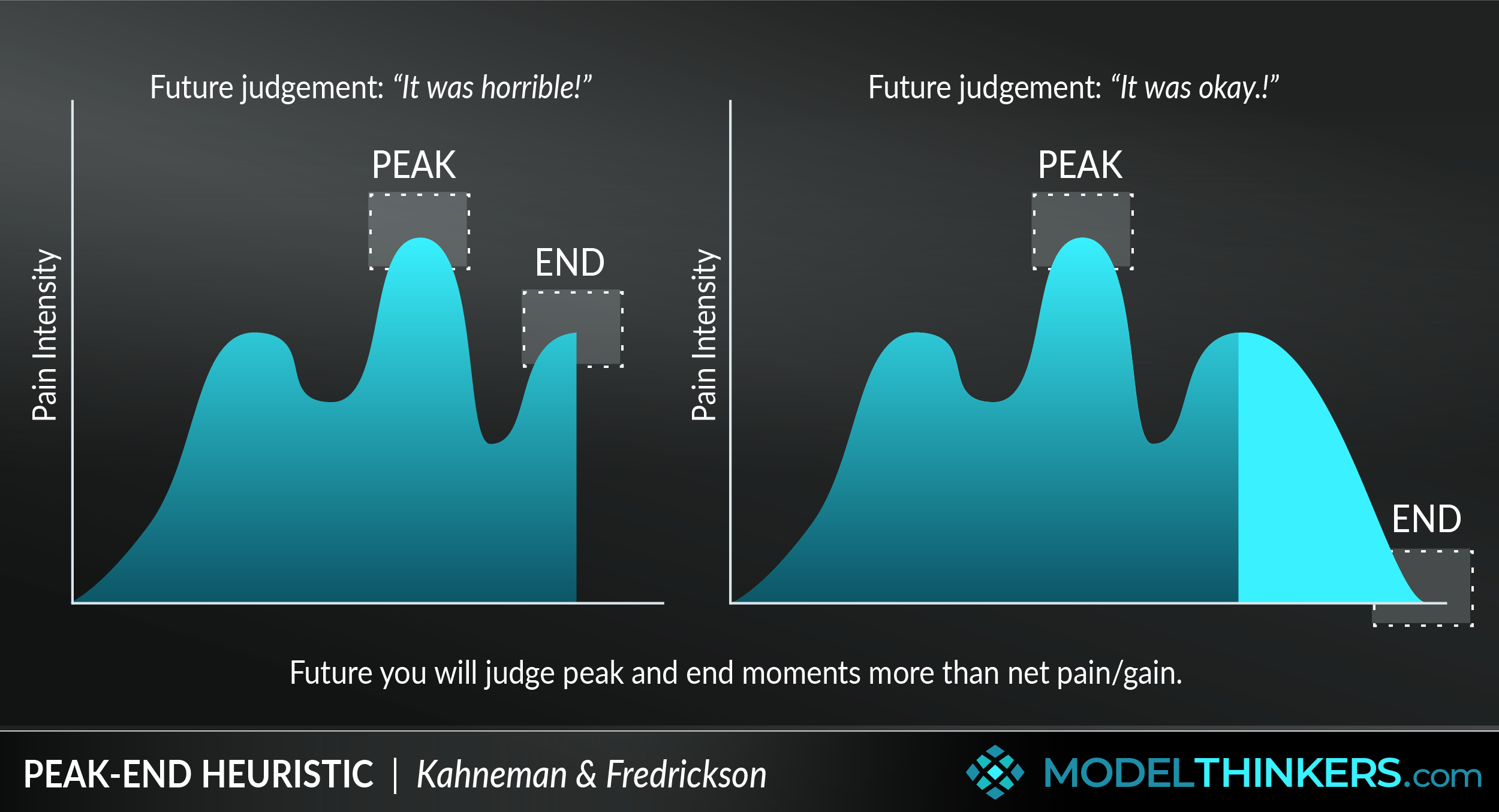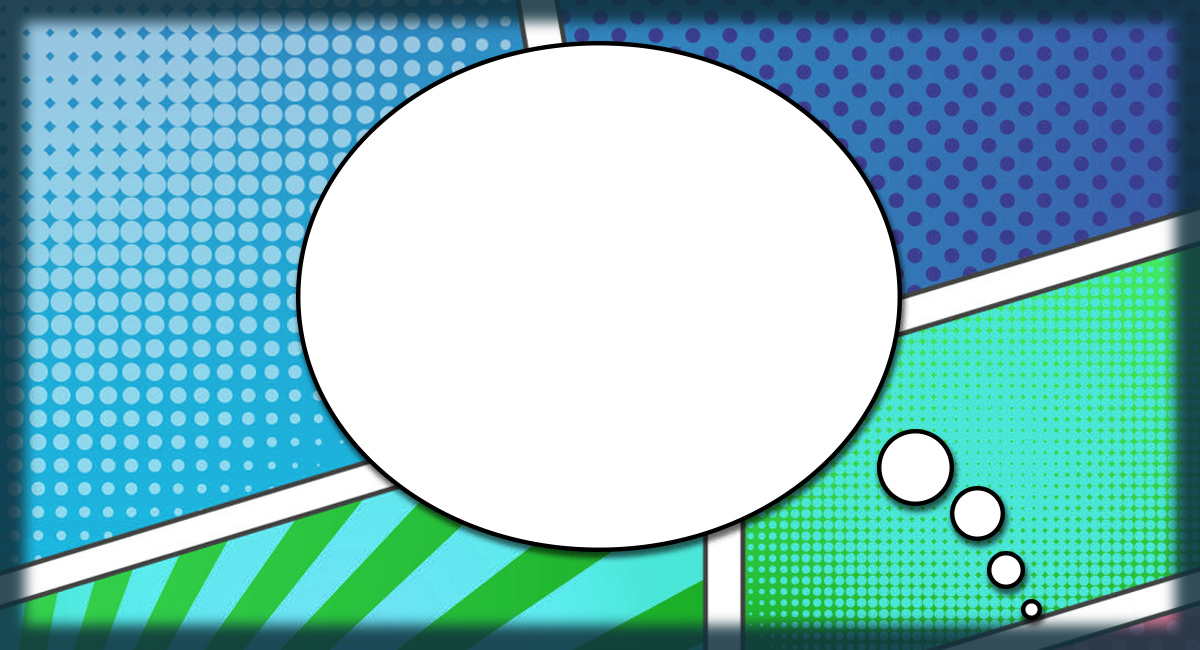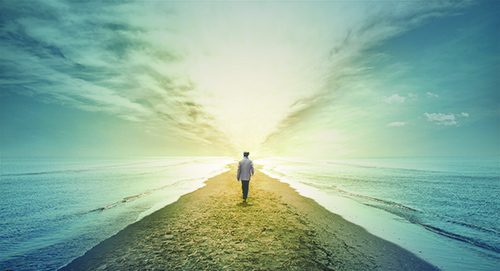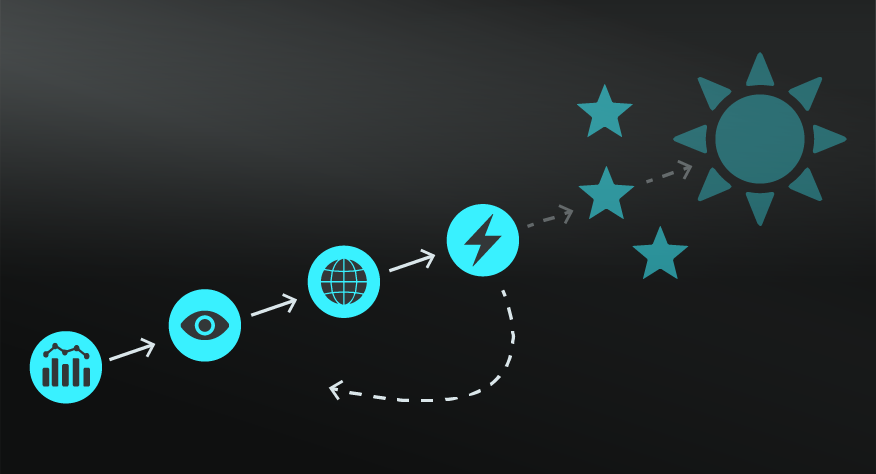

 0 saved
0 saved
 23.7K views
23.7K views








How was your day today? What was your last holiday like? How would you rate your last online shopping experience? Would you go back to that restaurant? And would you recommend that company you used to work for?
You might be surprised to discover that your response to all of these questions will likely be impacted by the Peak-End Heuristic.
The Peak-End Heuristic, or Peak-End Rule, describes your tendency to evaluate past experiences by focusing on the most intense, or peak, moments as well as the end moments of an experience, rather than the experience as a whole.
That means that you'll prioritise 'peak' and 'end' memories over the net pain/gain or even the duration of pain/gain over the entire experience.
EXPERIENCING SELF vs REMEMBERING SELF.
If you’ve explored behavioural economics and models such as Daniel Kahneman’s Fast and Slow Thinking, you’ll already know that we are fundamentally irrational beings whose judgement can’t be trusted. Kahneman explains this when discussing happiness, making the point that there is “a confusion between experience and memory; basically, it's between being happy in your life, and being happy about your life.”
He illustrates this further with the example of a man listening to a ‘glorious symphony’ only to hear screeching at the end which, according to the man, ‘ruined his experience.’ Kahneman points out that the screeching did not impact the preceding 20-minute experience, rather it ruined the man’s memory of his experience.
MEMORY IS ABOUT SNAPSHOTS AND NARRATIVES.
Your ‘experiencing self’ is all about the moment, which quickly passes. Meanwhile, Kahneman points out that your ‘remembering self’ is a storyteller that creates a narrative to represent your past experience. Such a narrative relies on selected ‘snapshots’ of that experience rather than a moment-to-moment analysis.
Further, the Peak-End Heuristic explains that those selected snapshots are disproportionately drawn from the intense, or peak, and end moments of the experience.
USEFUL… AND A BIAS.
The Peak-End Heuristic, like all heuristics, is often presented as a bias. That's a fair call because, as a heuristic, it’s an occasionally useful mental shortcut that allows us to decide and act fast, that ultimately can’t be trusted to deliver accuracy or rationality.
PAINFUL EXPERIENCES.
Let’s talk colonoscopies. We know that you don’t want to but, like a colonoscopy itself, this is likely to be a slightly painful experience that reveals invaluable and actionable information by the end.
Let’s say that you had to have a colonoscopy tomorrow. Which of the following would you choose:
-
Option A: a painful colonoscopy for a standard amount of time.
-
Option B: the identical experience as Option A, plus an additional three minutes where the scope remained inserted but stationary, so was less painful for that extra period.
Knowing what you now know about this model, you could determine that while your ‘experiencing self’ would find Option B more frustrating and more prolonged in the moment, after the fact, it’s likely that your ‘remembering self’ will prefer the longer option with the gentler end. Indeed that's what Kahneman et al found in their 1996 study — view the In Practice section for more.
OTHER APPLICATIONS.
Applying the Peak-End Heuristic might help to explain why:
-
There are women who have more than one child, despite the intensity of giving birth! Though admittedly endorphins help with that also.
-
Large retailers such as Ikea will often serve food such as hotdogs and ice cream at the cash register to end your shopping experience on a high note.
-
When you remember an intense ride you took at Disneyland you focus on the thrill of the scariest moment and the satisfaction of getting through it rather than the frustration of the long line beforehand.
-
Positive stories at a funeral help reframe your memories of a lost one, even if they frustrated you during life.
-
In a study of student feedback, students received two negative feedback assessments, with one being longer finishing with slightly less negative feedback at the end. They reported this longer version as easier to deal with.
-
According to another study, longer vacations do not necessarily create more positive memories than short ones — with the main determinant being the most memorable events rather than duration.
-
A messy break-up with someone will potentially cast a negative light on your whole relationship.
-
Restaurants often give away a free dessert or chocolate at the end of a meal.
-
Intense workout classes often finish with a simple, even relaxing routine.
-
Despite amazing ratings during the first seven seasons, many people are still bitter about the Game of Thrones… I mean seriously, what was with Dany at the end, right?
Remembering the Map vs Territory model, it’s always worth putting forward a sceptical voice, and that voice has a few things to say here. For example, what about the power of first impressions? The influence of expectations or emotions? These are all complicating factors that you can explore more via the Limitations section below.
IN YOUR LATTICEWORK.
We’ve already positioned this model as part of behavioural economics and in the context of Fast and Slow Thinking. Some particularly related heuristics include the Representativeness Heuristic which explains how you rely on existing mental models to judge experiences; the Recency Heuristic which favours recent events over historic ones; and the Availability Heuristic, which is an over-reliance on ‘top of mind information.’
Use this model to create impact by combining it with Journey Mapping to design effective experiences that prioritise ‘extreme’ and end moments, perhaps even applying the Pareto Principle to focus on those extremes rather than trying to deal with every small ‘bump’.
In relation to team collaboration, combine this model with the 5 Stages of Teaming to ensure you adequately invest in the too-often neglected ‘adjourning’ stage. Apply it in storytelling by combining it with the Hero’s Journey, and ensuring that you ‘end early’, immediately after the satisfaction of resolving key points of conflict.
You might also consider how to combine the Peak-End Heuristic with change management models such as ADKAR, and even Agile Scrum rituals such as retros to help influence people’s view of a finished sprint and maintain motivation moving forward.
AND, JUST FOR FUN...





In terms of how the Peak-End Heuristic applies to yourself:
-
Prioritise special moments.
Rather than always trying to maintain a level of happiness or satisfaction, focus on how you can prioritise special, memorable moments in anything you do. Those moments might be fleeting but look for intense periods of happiness and fulfilment that you will take with you beyond a specific experience.
-
Keep a journal, record, or diary.
Consider how to close the gap between your experiencing self and your remembering self by recording information about your actual experience. A diary still invokes your remembering self, but other records, even polling yourself during an experience, will help to gain a more objective data set from which can better inform your decision.
-
Interrupt Peak-End Heuristic for better judgement and decision making.
If you’re trying to assess a past experience to better inform a future decision, remember this model and consider how you might draw on more objective analysis. This might include seeking data, reviewing a journal or record of your experience in the moment it was happening, or seeking broader input from other people.
-
Celebrate at the end of hard, important tasks.
If you’re engaging in a challenging task that you want to again, whether it’s completing paperwork or doing exercise, consider how you can provide yourself with a ‘victory’ and positive feeling at its completion. Take time to celebrate it and help frame the rest of the experience with the Peak-End Heuristic.
In terms of how you can use Peak-End to engage with others:
-
Make a good impression.
Understanding the Peak-End Heuristic should lead you to look for key contributions or points of engagement with someone (potential peaks), as well as considering how you end a conversation with them. For the former, that might simply be a single act of kindness of generosity. That said, I’m not suggesting that you treat them terribly for the rest of the time!
-
Design experiences with extremes in minds.
Use a Journey Map to explore the high points of pain and gain in any experience. Consider how to amplify the peaks and mitigate the lowest moments rather than to focus on just addressing the entire journey. This was discussed in the Heath Brothers book, The Power of Moments, where they explained: “Having filled the pits in their service, they scramble to pave the potholes — the minor problems and annoyances. It’s as though the leaders aspire to create a complaint-free service rather than an extraordinary one”.
-
Create key moments of elevation, pride, insight or connection
From the same book as the above point, The Power of Moments, suggests you aim to create moments of elevation or happiness; pride where people feel good about themselves; insight where people have deeper clarity; and connection where people are socially connected and have a sense of belonging. Each of these can potentially intensify a positive ‘peak’ and frame the rest of the experience accordingly.
One obvious limitation of the Peak-End Heuristic is that it only applies to episodic experiences with a beginning and end. Though, arguably most experiences could be defined in some sort of bounds that constitute an ‘end’.
Beyond that, there are a number of more substantial complicating contextual factors including:
-
A 2015 study aptly named ‘Peak-End Pizza. Prices delay Evaluations of Quality’ identified that the Peak-End Heuristic particularly applied to low priced food. With more expensive food people tended to lean towards first impressions as a key influence over judgement.
-
A 2008 study examining autobiographical events found some support for the model but found that the key factor in judgement overtime was the most memorable moment. And that the passage of time tended to flatten out recollection, making peaks less positive or negative.
-
A 1999 study by Kahneman and Tversky explored your tendency to judge past experiences by ‘prototype’, or snapshots — and such prototypes are influenced by expectations, past categorisations and goals.
-
A 2000 study by Ariely and Carmon noted that evaluations of past experiences are not only dependent on the feelings at the time of the experience, but on the feelings at the moment of recall.
Other studies such as this one cite the power of first impressions as a competing factor for judgements, particularly for new situations or people which can result in fixed mental models being quickly established and the application of the Confirmation Heuristics making that first impression persist despite counter-evidence.
Coldwater.
The original 1993 study by Kahneman, Fredrickson, Charles Schreiber, and Donald Redelmeier was titled "When More Pain Is Preferred to Less: Adding a Better End." The study consisted of three stages:
-
Stage 1: participants held their hands under 14° C water, which is painfully cold for 60 seconds.
-
Stage 2: as above, followed by an additional 30 seconds under 15° C water - still extremely unpleasant, but obviously not as bad as 14° C water.
-
Stage 3: participants chose between repeating stage 1 or 2.
The rational choice would be to repeat Stage 1, as it represented a shorter period of discomfort. However, 80% of participants chose Stage 2 — more discomfort with a gentler end.
Colonoscopy.
The colonoscopy study occurred in 1996 and was carried out by Daniel Kahneman and Donald Redelmeier. If you’re lucky enough not to understand why this is such a painful topic, it involves doctors inserting a camera tipped tube up your anus to check the health of your intestines and bowel. At the time of the study, it was apparently a much more painful process than it is today — and it’s no fun today.
Participants in the study were divided into two groups. The first experienced a standard colonoscopy. For the second group, doctors left the tube inserted for an extra 3 minutes without moving it, which meant discomfort but very little pain.
When rating the procedure, the group with the longer procedure and gentler end rated the entire experience as less painful as the ones with the shorter but otherwise equivalent experience.
d
The Peak-End Heuristic was established by Daniel Kahneman and Barbara Fredrickson in their 1993 study entitled ‘When More Pain is Preferred to Less: Adding a Better End.’ That was the experiment involving people placing their hands in cold water — see the In Practice section above for details of the study.
Kahneman speaks about the ideas behind this model in his 2010 Ted Talk entitled Experience vs Memory - An Exploration of Happiness, where he discusses the mental model of ‘experiencing self versus remembering self.’
Chip and Dan Heath touch on this model in their book The Power of Moments which emphasises, not surprisingly, the power of moments — including the peaks, pits and transitions of experiences. They describe the five elements of defining moments, as discussed in the Actionable Takeaways section above.
 My Notes
My Notes
Oops, That’s Members’ Only!
Fortunately, it only costs US$5/month to Join ModelThinkers and access everything so that you can rapidly discover, learn, and apply the world’s most powerful ideas.
ModelThinkers membership at a glance:






“Yeah, we hate pop ups too. But we wanted to let you know that, with ModelThinkers, we’re making it easier for you to adapt, innovate and create value. We hope you’ll join us and the growing community of ModelThinkers today.”





























































































































